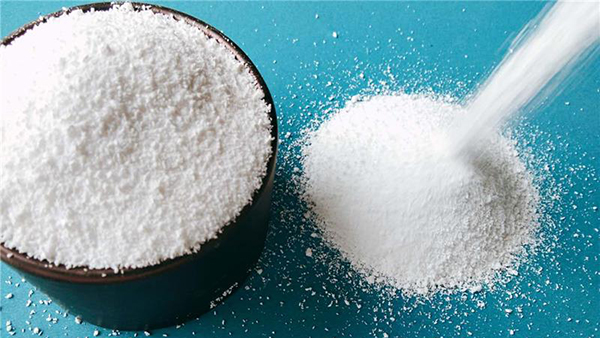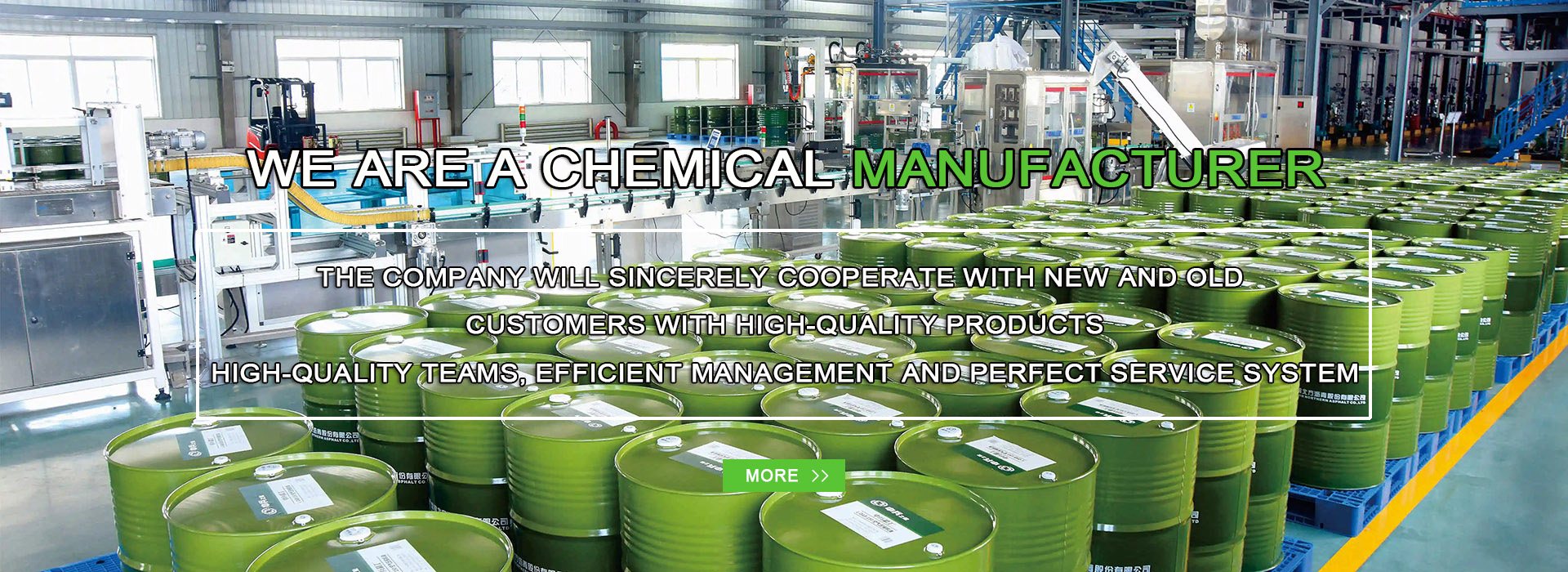What are pharmaceutical intermediates and how to classify them
Pharmaceuticalintermediate is a fine chemical product in the production process frompharmaceutical chemical raw materials to APIs or drugs. The synthesis ofchemical drugs depends on high-quality pharmaceutical intermediates.This chemical product can be produced in ordinary chemical plantswithout a drug production license. As long as it reaches some levels, itcan be used for drug synthesis.China needs more than 2000 kinds of raw materials and intermediatessupporting chemical industry every year, and the demand is more than 2.5million tons.After years of development, the chemical raw materials andintermediates required for pharmaceutical production in China can bebasically matched, and only a few need to be imported.Moreover, due to China's rich resources and low prices of rawmaterials, many intermediates have been exported in large quantities.

How are pharmaceutical intermediates classified?
There are many kinds of pharmaceutical intermediates, which can be divided into antibiotic pharmaceutical intermediates, antipyretic and analgesic pharmaceutical intermediates, cardiovascular system pharmaceutical intermediates, anti-cancer pharmaceutical intermediates and other categories according to their application fields. There are many kinds of specific pharmaceutical intermediates, such as imidazole, furan, phenolic intermediates, aromatic intermediates, pyrrole, pyridine, biochemical reagents, sulfur, nitrogen, halogen compounds, heterocyclic compounds, starch, mannitol, microcrystalline cellulose, lactose, dextrin, ethylene glycol, sugar powder, inorganic salts, ethanol intermediates, stearate, amino acids, ethanolamines, potassium salts Sodium salts and other intermediates, etc.
In addition, in recent years, under the background of increasingly strict drug regulatory requirements, increasing difficulty in drug research and development, and rising prices, multinational pharmaceutical enterprises have gradually changed from a "vertical integration" business model to a "development cooperation" business model in order to shorten the time to market of patented drugs, reduce research and development and production costs, maintain good profit margins throughout the life cycle of drugs, and improve their own business efficiency, The research, development, production and other business links of patented drugs are professionally decomposed and outsourced to pharmaceutical contract research enterprises, pharmaceutical customized R&D and production enterprises and other professional institutions, i.e. pharmaceutical customized R&D and production.

